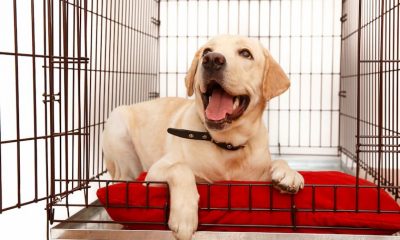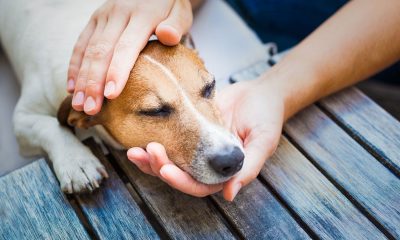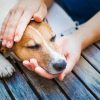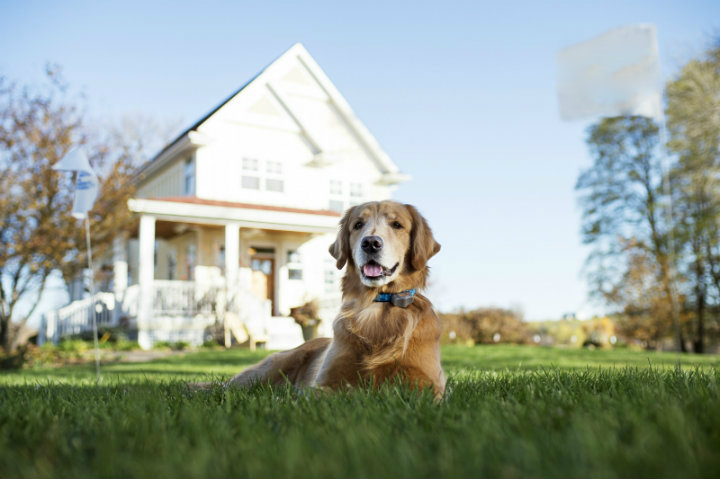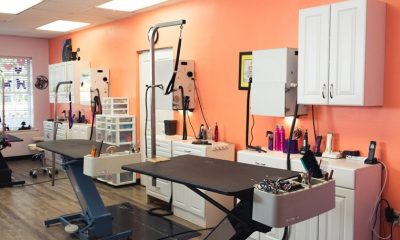Pets
6 Important Tips to Keep Your Puppy Safe
Integrating your new puppy into your routine and household might be challenging for both you and your new best friend. Your puppy will require a lot of attention, may cause you sleep disturbances, and will require toilet training, just like a newborn infant. As much as we all love our furry companions, they can put themselves in harm’s way without meaning to. They don’t exactly have the same self-preservation instinct that humans have, so it’s up to us to keep them safe.
Get a Sturdy Dog Crate
There’s no denying that dogs love spending time outdoors, but you don’t always have the luxury of being able to keep an eye on them. Not only can they get into trouble or injure themselves, but they could also wander off and get lost. This is why many pet parents are inclined to use durable and well-built puppy crates to keep their pups safe and secure when they can’t be supervised.
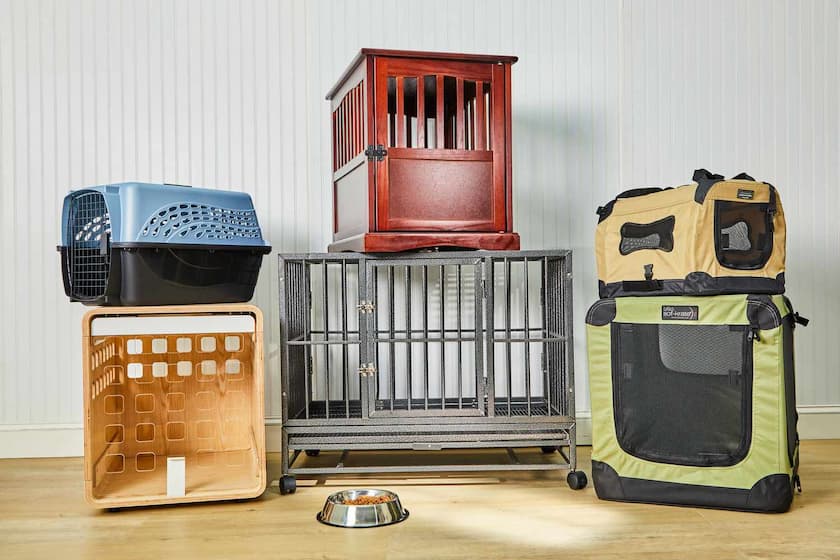
Most models are made from metal and are super easy to assemble. Their mesh windows also ensure that your pup will have plenty of air and natural light, as well as clear visibility of you. This won’t make them feel like they’re in a prison, but rather like their owner is just out of reach, keeping an eye on them.
Many of them come with a cover, so you can also use the crate to give your pup some extra privacy when needed. This can be particularly useful if they’re feeling anxious or scared and need some extra alone time. Some canines are quite sensitive to sudden changes in their environment, so this is a great way to help them feel safe and secure.
The inner padding on puppy crates can also be removed or replaced as needed, meaning you won’t have to buy a new one every few months. It’s usually made from easy-to-clean material, so it’s also a great way to keep your pup and its surroundings clean. It fits snugly into the crate itself, so there’s no risk of it falling out or being pushed into a corner.
Educate Yourself on The Specific Breed
A healthy puppy is well-covered, has a lustrous coat, and has a healthy level of energy and weight. Pay attention to their behaviour and the sounds they make and see if they have no discharge coming from their eyes or nose, no black wax in their ears, and no cough. Their bottom ought to be spotless.
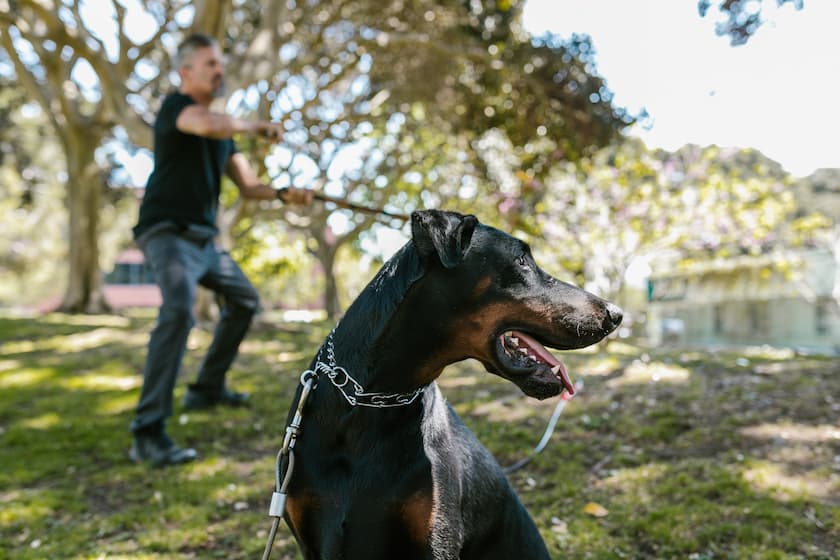
Ask the breeders for documentation that the parents have undergone testing and have not been identified as potential carriers of any diseases if the puppy is a pedigree. As soon as you can, register with a veterinarian and take your puppy in for a checkup. Contact the breeder or nonprofit organization where you purchased the puppy right away if the veterinarian discovers any health issues.
Learn About the Yays and Nays of Feeding
Puppies can depart from their mothers as early as eight weeks old. Have a talk about what they typically eat with the breeder or charity. At first, stick to the diet they are accustomed to and gradually introduce any new foods. Use only food suited to the breed and size of the puppy. Multiple modest meals are preferable to a few large ones.
Make sure they have constant access to fresh water. Never offer milk to dogs. Always follow the food recommendations provided by the manufacturer, and avoid letting your puppy get too fat because obesity affects dogs just as much as it affects people. Learn which human foods can make dogs sick. For instance, dark chocolate, which contains high levels of theobromine, is highly toxic and can be dangerous for dogs.
Take Care of Sleeping Arrangements
A draught-free kitchen area is usually the finest location for your puppy’s bed. Kitchens typically have warm flooring that can be cleaned. Never let kids drag a weary puppy out of bed to play; teach them to be considerate of the puppy’s needs. Expect your puppy to whimper the first few nights in your house, but after those first few nights, the pup should start to settle in very contently. Take your dog outside to use the restroom in the garden, and when it does, gently congratulate them.
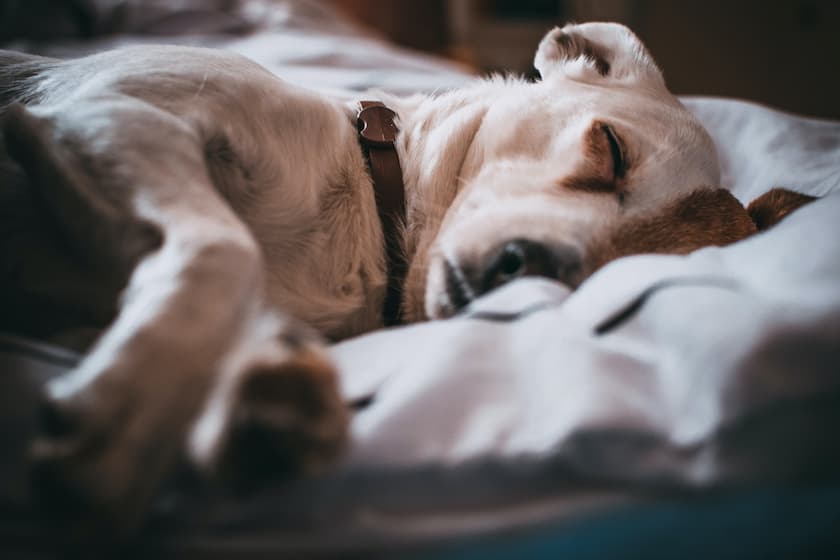
Begin Their Potty Routine
Puppy house training normally takes 4-6 months, but it can take some dogs up to a year. Size may indicate something. For example, smaller breeds need to go outside more often because they have smaller bladders and faster metabolisms.
The environment in which your puppy lived before is another factor. Puppies thrive on routine schedules. They learn from the timetable that there are set times for eating, playing, and going to the bathroom. Puppy bladder control normally lasts one hour for every month of age. They can therefore hold it for roughly two hours if your puppy is two months old.
If you wait much longer between potty stops, kids might have an accident. Take your puppy outside the dog crate frequently—at least once every two hours—as well as when they first wake up, while they’re playing, during and after that, and after they consume anything. And you might even want to consider putting on their dog shoes before heading out to protect them from the weather elements and dirt.
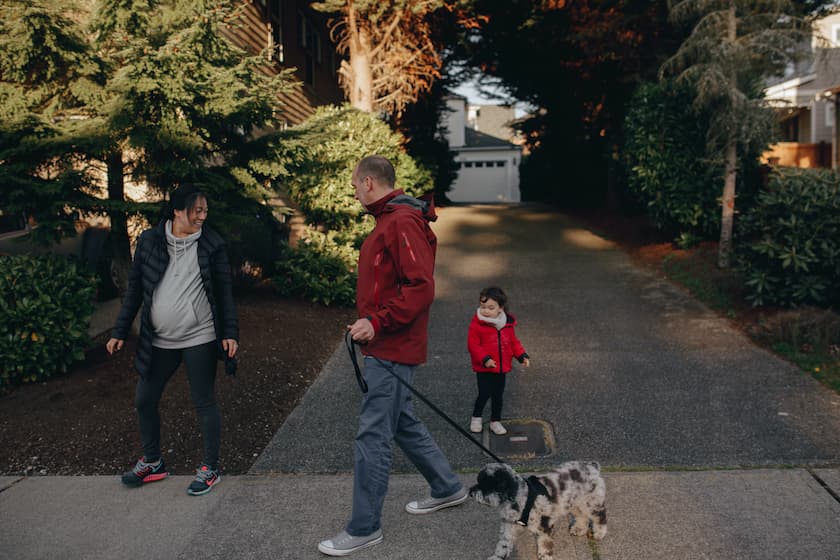
Additional Safety Precautions
Your puppy should be microchipped, wear a collar, and have identification tags. And since puppies grow quickly, it’s important to routinely check that the collar still fits properly. You don’t want it to get too tight. As soon as you can, take your new puppy to the veterinarian so they can perform a complete examination and make sure everything is in working condition.
Your veterinarian will create a vaccination plan, offer some general tips on parasite prevention, and instruct you on how to look for symptoms of sickness. As soon as you are aware of what is typical for your dog, start learning how to examine it. This will make it much simpler to recognize problems as soon as they arise.




